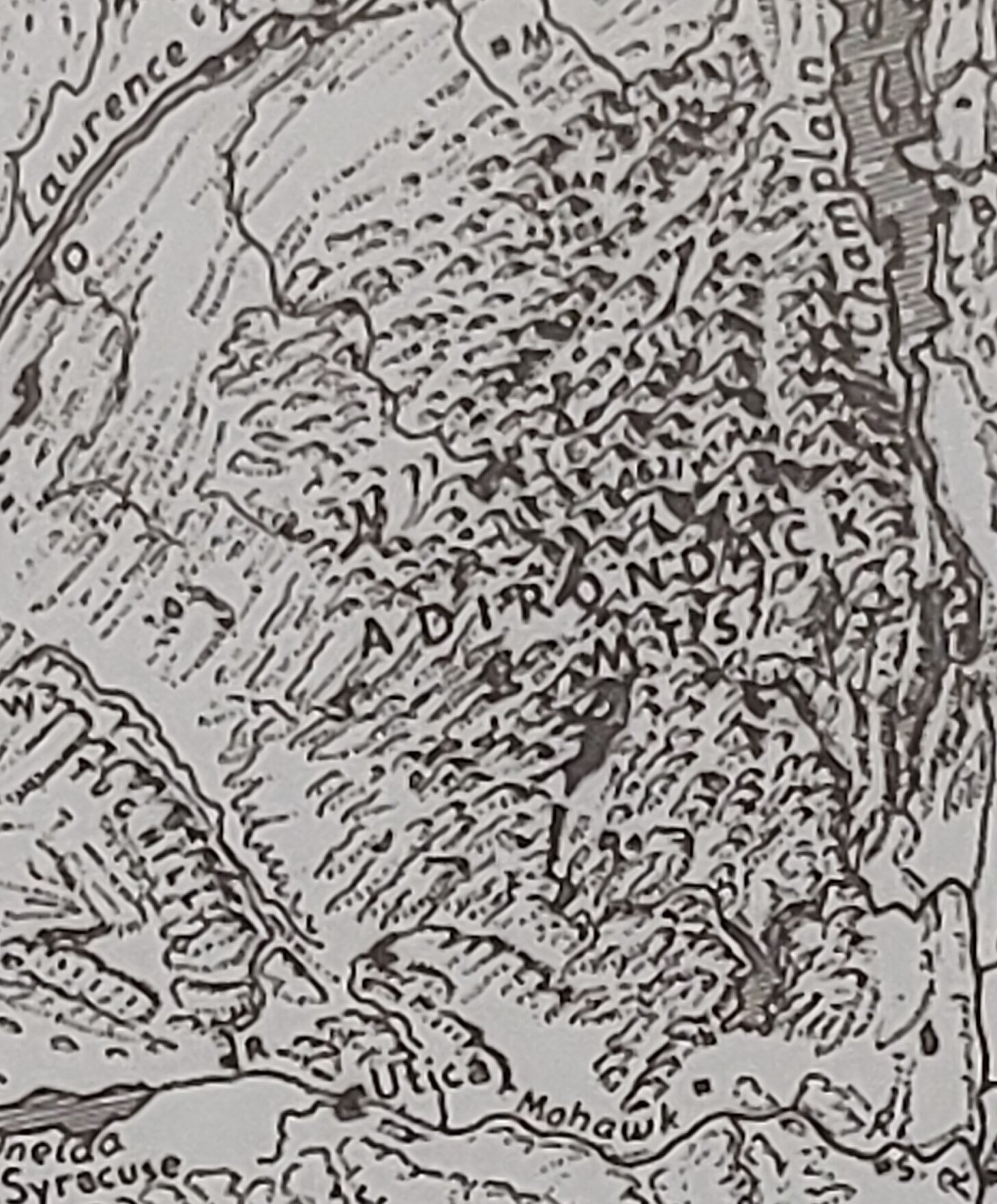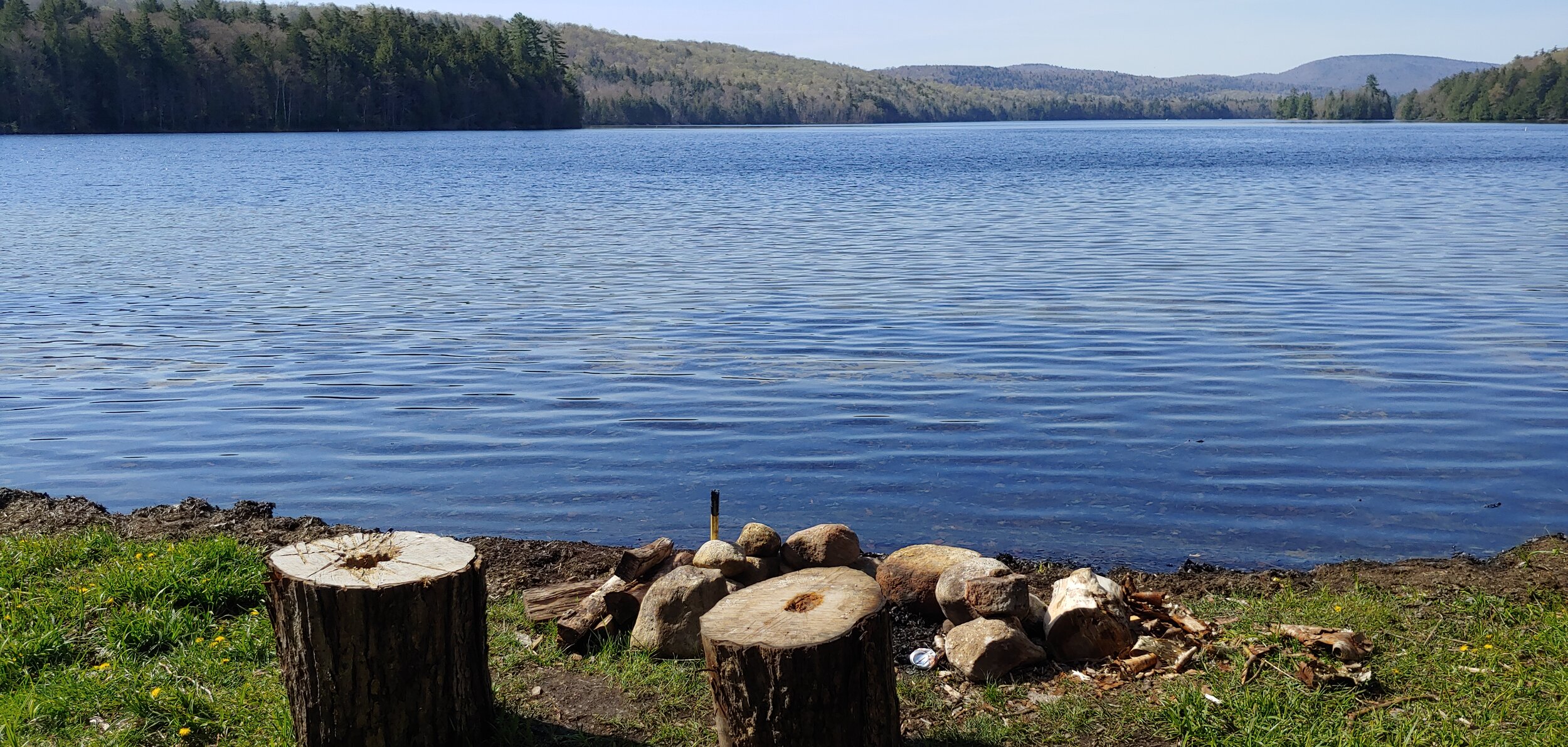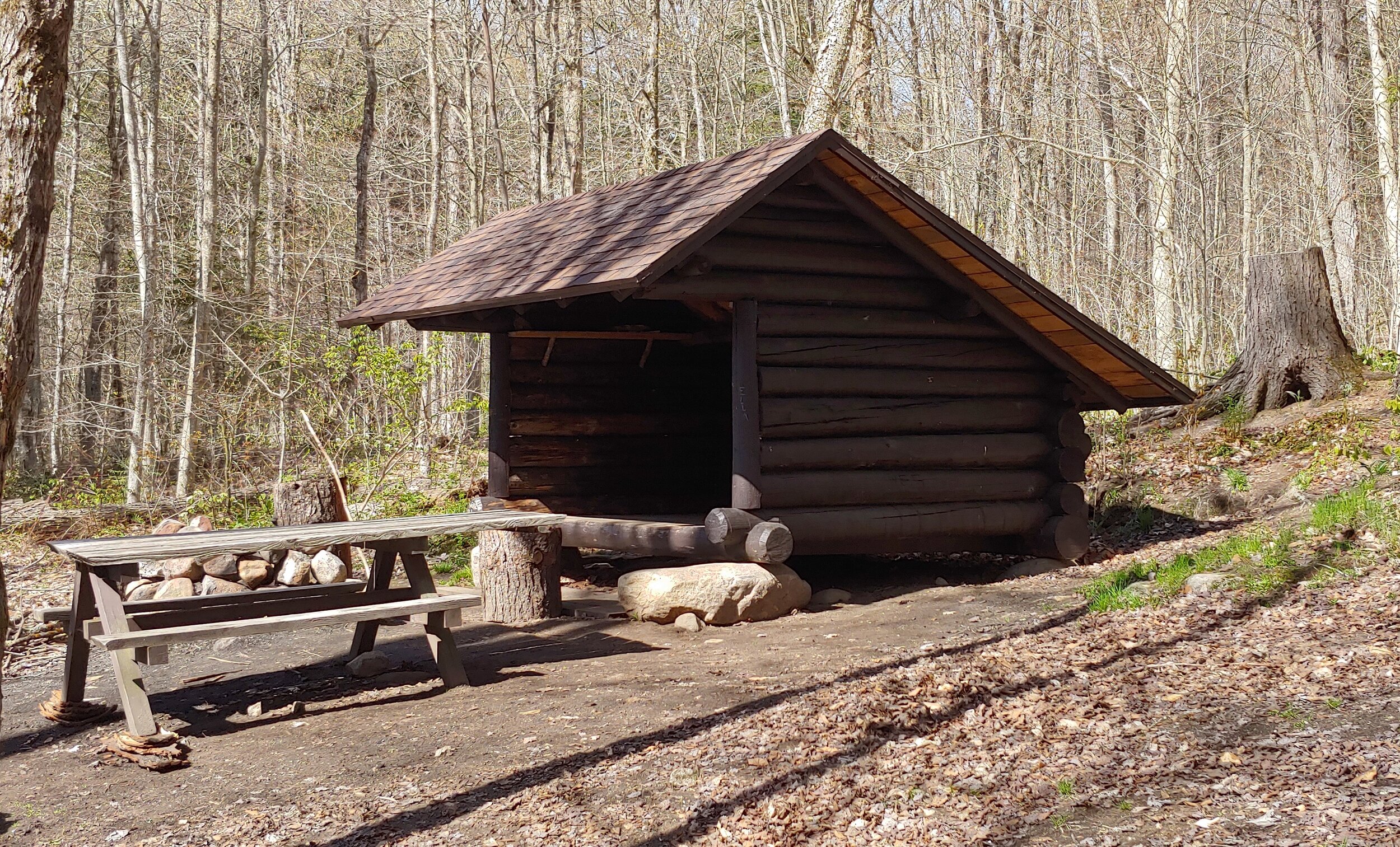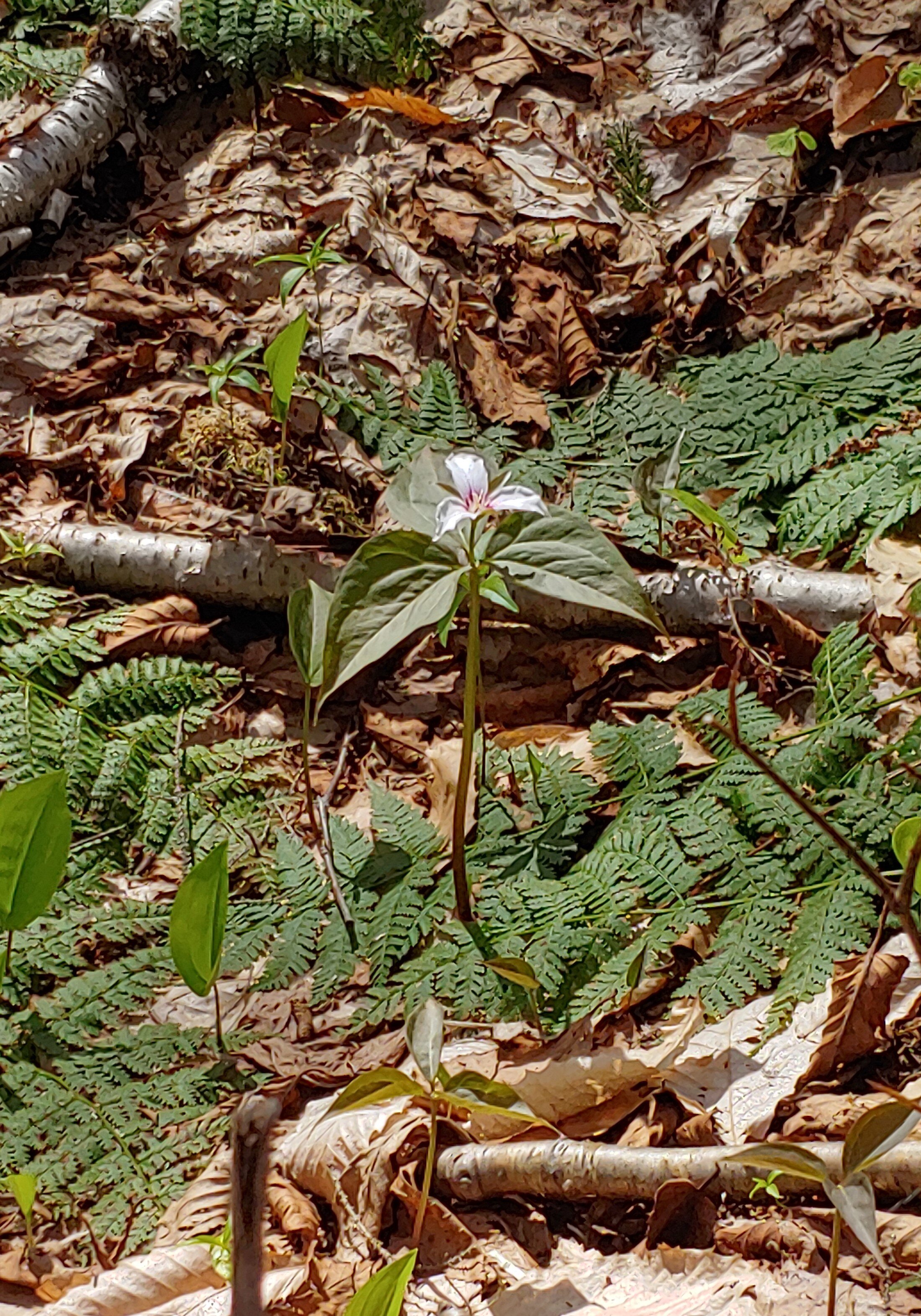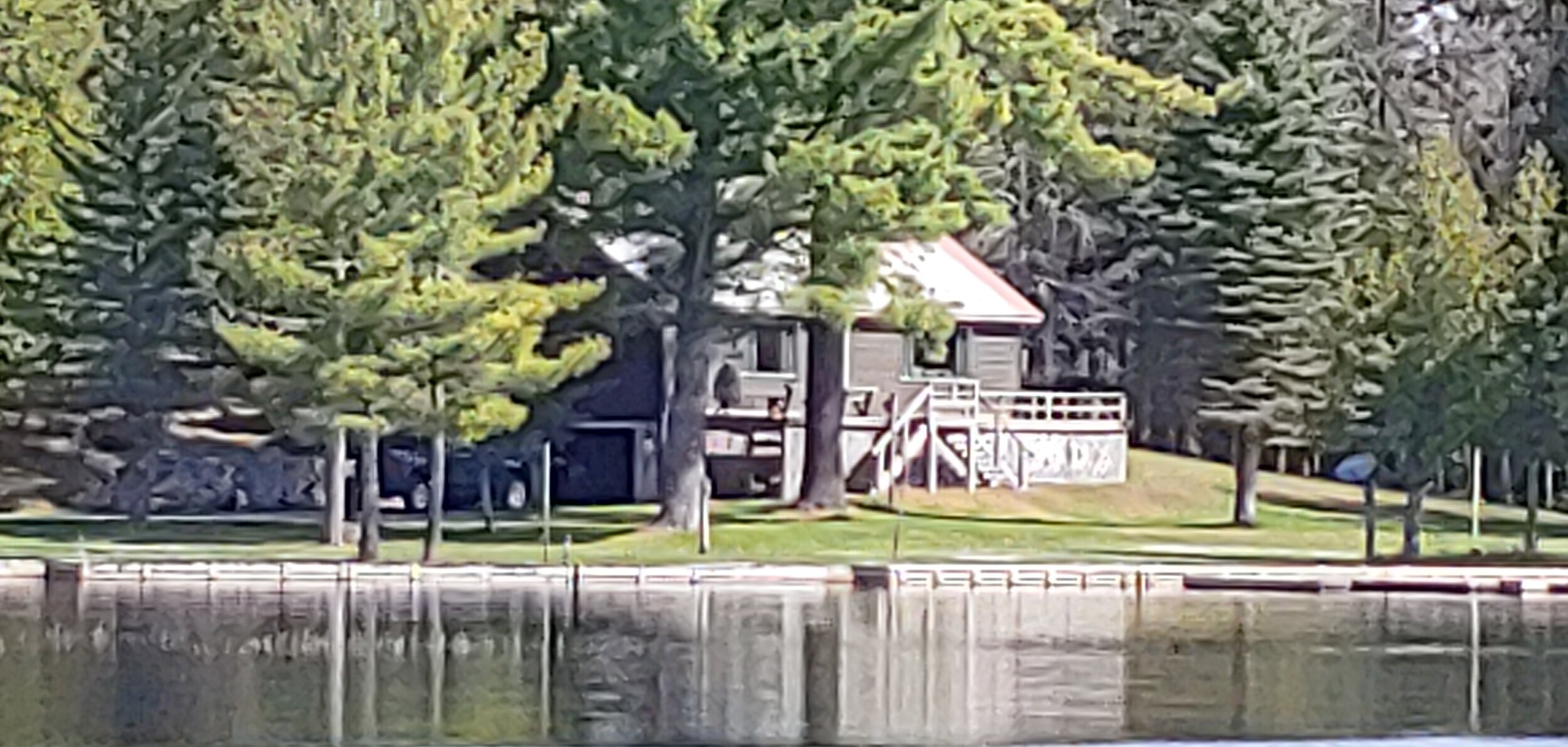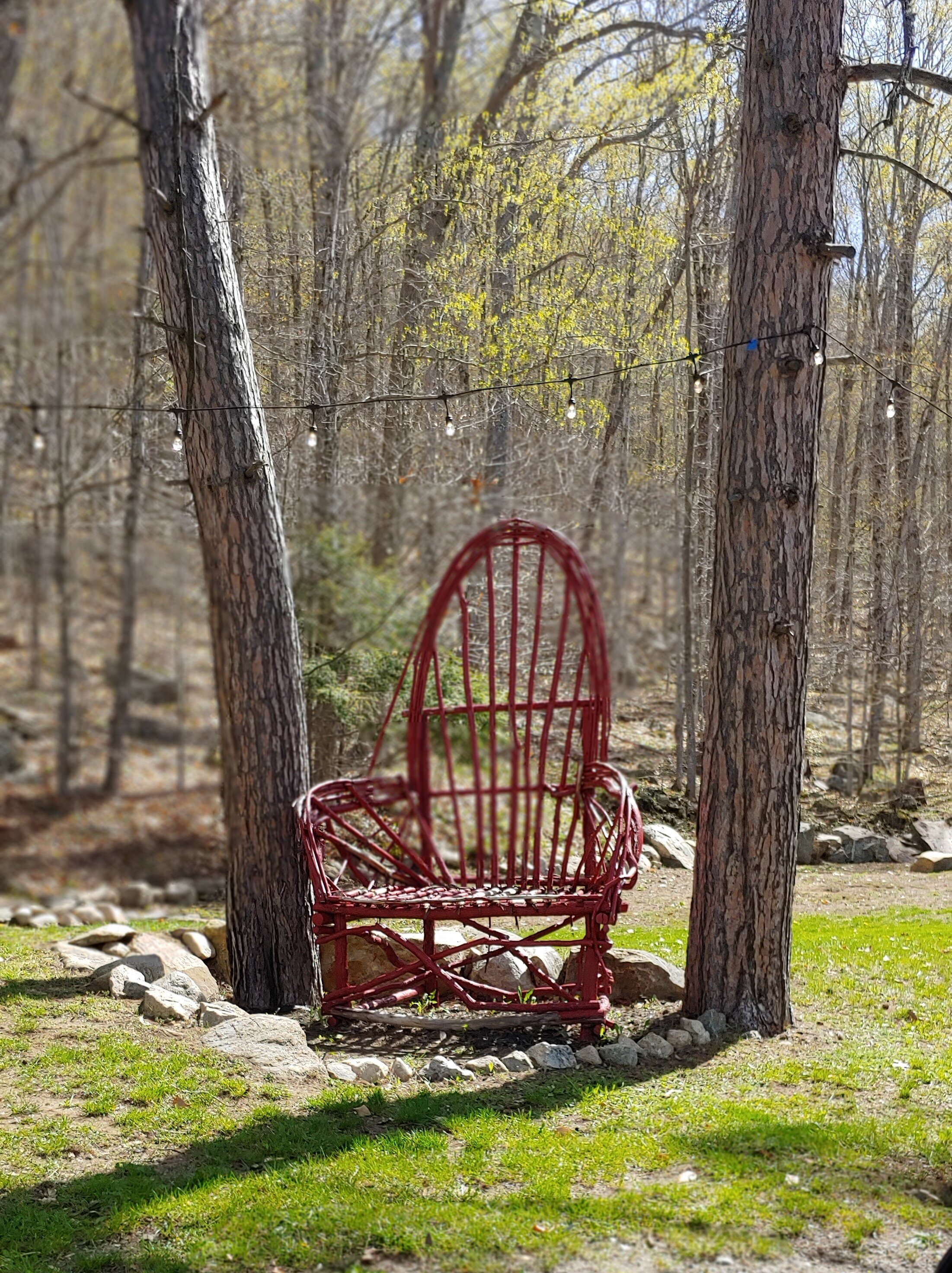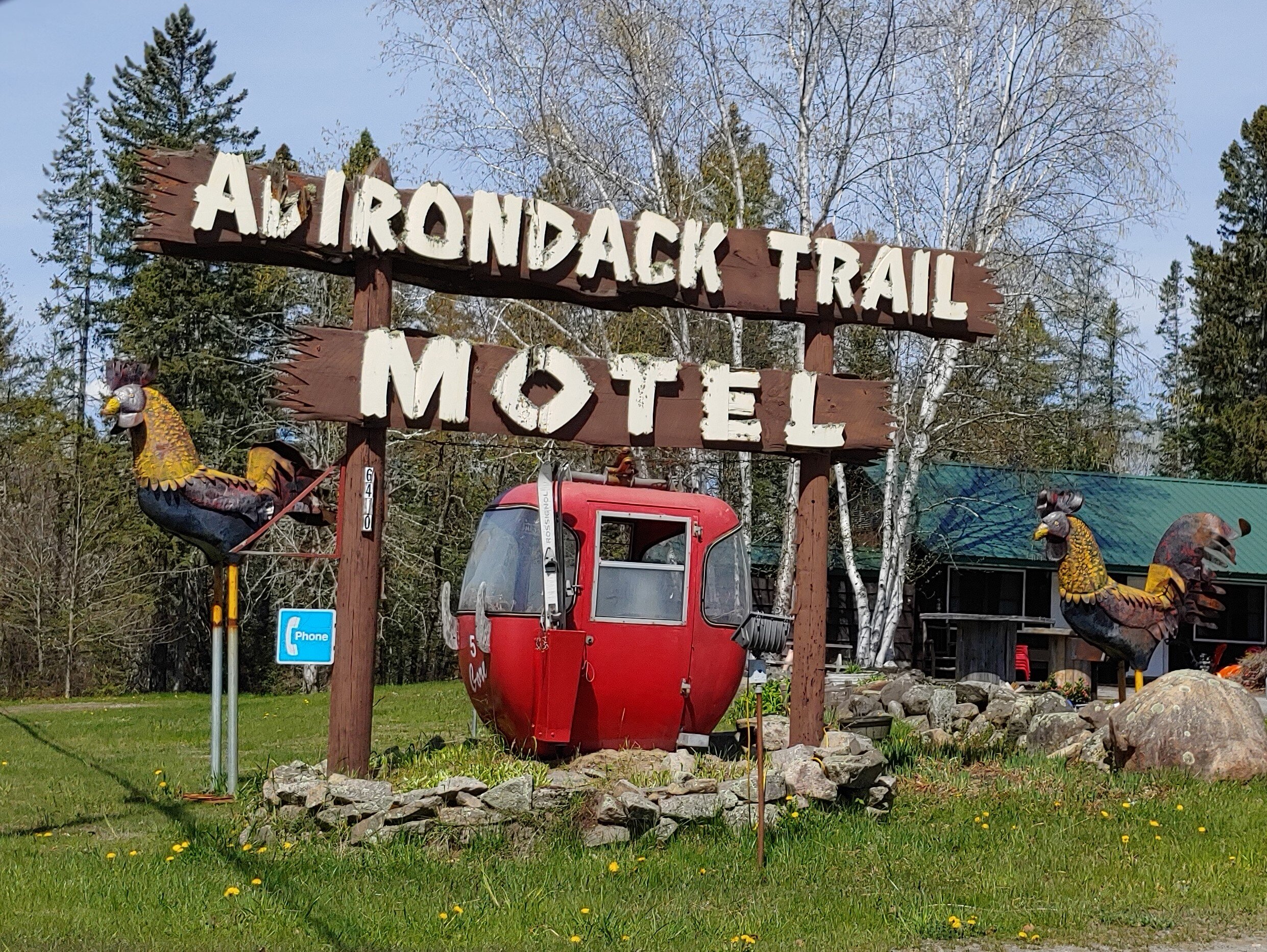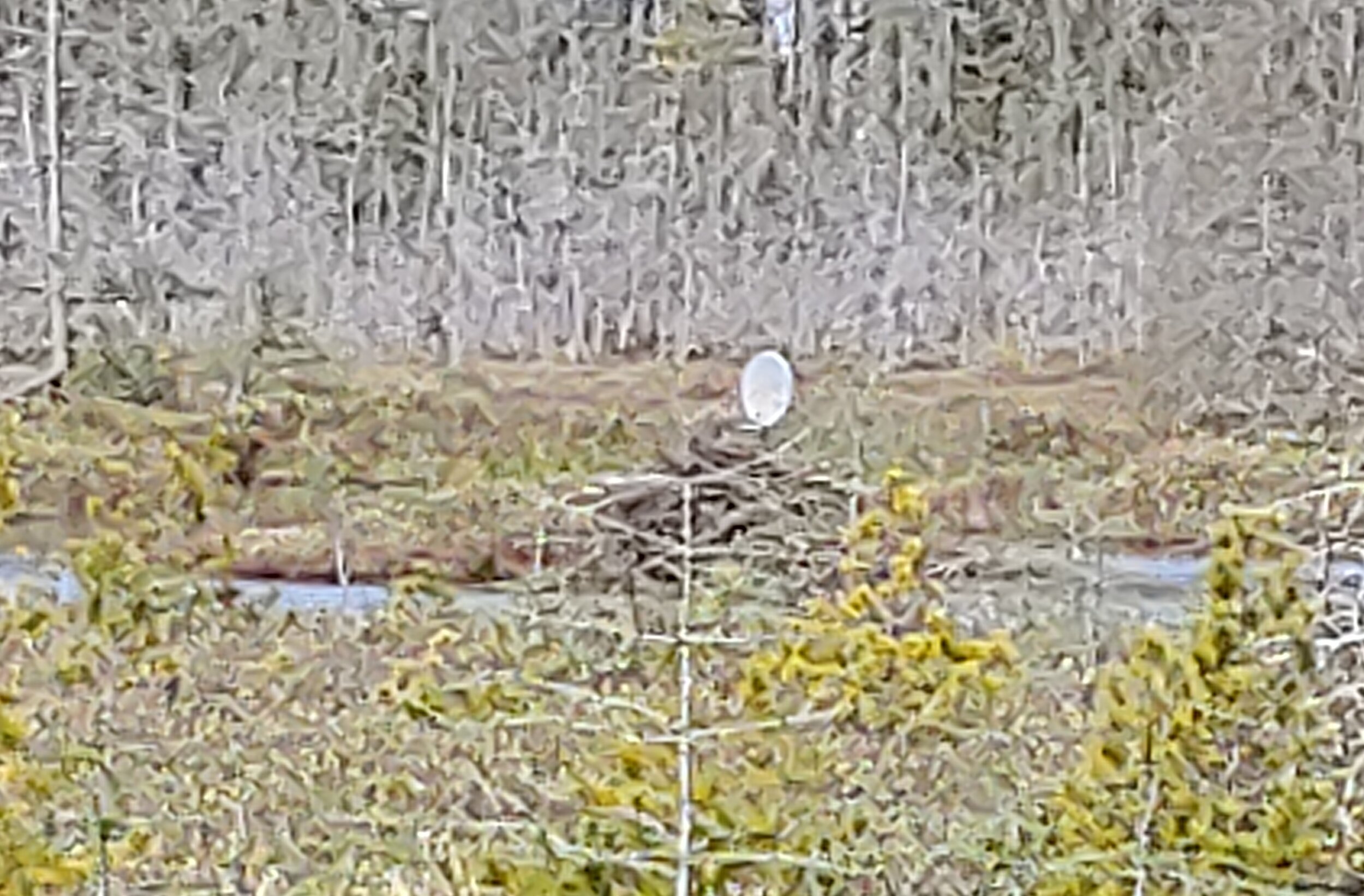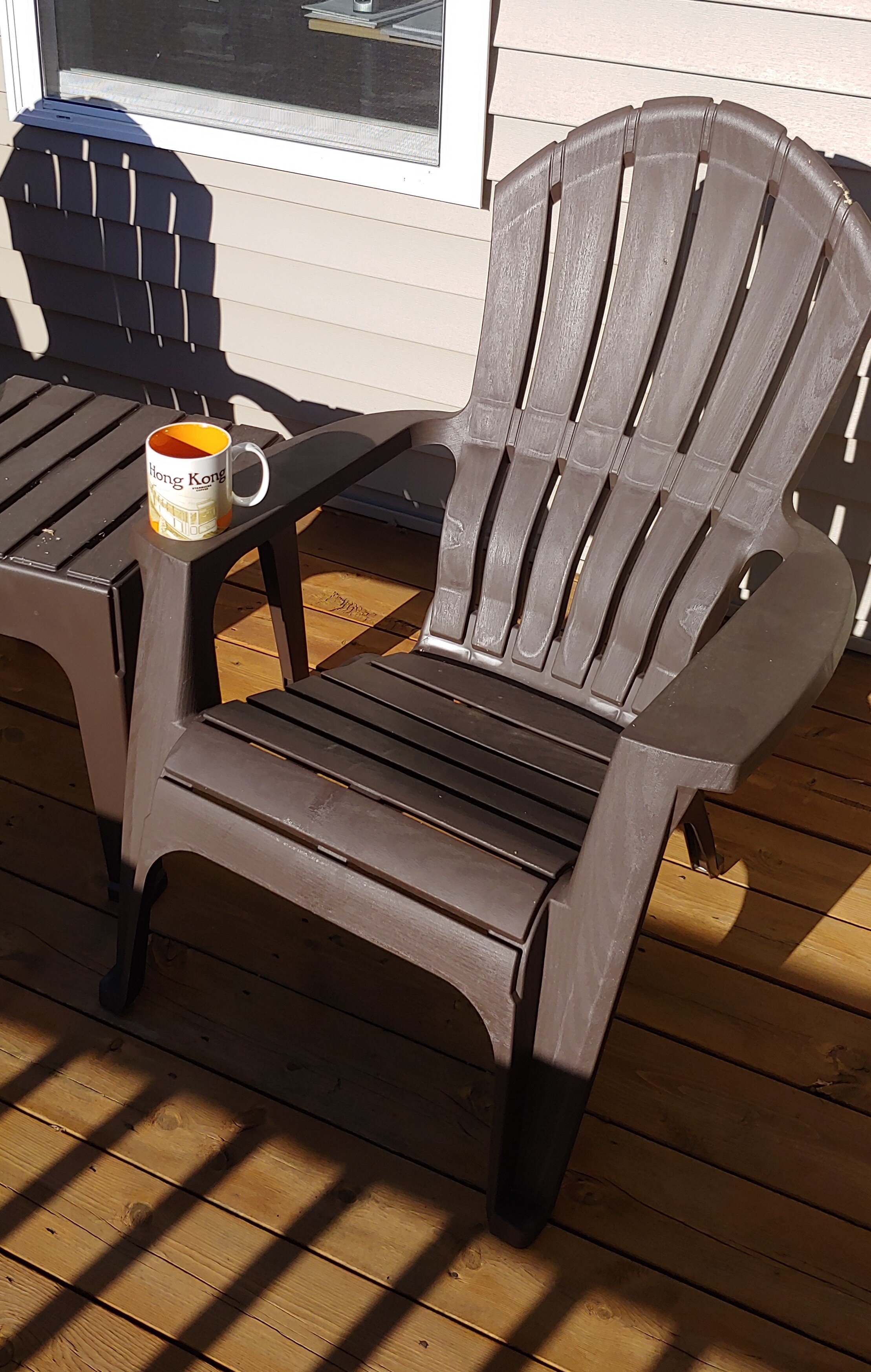Adirondack Adventure
In mid-May, my daughter and I met in Utica, NY for one of my final weekends living in Buffalo in order to explore the Adirondack Mountains. The Adirondacks are an extension of the Canadian Shield found in the northern Great Lakes region and Canada rather than part of the Appalachians. The Canadian Shield has some of the oldest rocks in North American exposed at the surface. While the Great Lakes and Canadian shield region is relatively flat, the Adirondacks are made of a dome of granitic rock that has had the younger sedimentary rocks stripped away by erosion as the dome rose. This has left the Adirondacks with a radial drainage pattern with rivers and streams flowing in all directions out from the center. The Raisz map below shows the pattern.
The Adirondacks were an early summer resort area, accessible by rail line from the east coast. Its lakes and rugged landscape made it attractive for the development of resort hotels and summer cottages. My Ph.D. research was on public lands and so I had always wanted to visit this area because it was unique in its development as a park. National parks were largely developed when federal lands were set aside from development in the west, with no private ownership allowed. The development of the Adirondacks as a park is similar to British national parks, which involved a process of pieces of private land being acquired over time by the State of New York and other conservation groups, in this case, and the region being zoned to control development rather than totally eliminate development.
Utica is found along the east-west valley of the Mohawk River and Erie Canal. This valley, with the rugged Adirondacks to the north, provided the main migration route from the east coast to the Midwest. We decided to drive toward the middle of the dome, to Blue Mountain Lake. To focus our trip, I decided that we would search for the perfect Adirondack chair. This design of chair was supposedly developed by Thomas Lee in the early 20th century. Lee wanted to make a chair that could adapt to the rugged terrain and would be comfortable and stable (https://www.adirondack.net/history/adirondack-chair/). I wanted a focus to our exploration that involved a comfortable chair and coffee at the end.
As we rose in elevation, we scanned the landscape for an Adirondack chair. We saw beautiful lakes and views. At one point we stopped and took a hike along a trail, ending at a clear mountain lake—no Adirondack chair. We did see one Trillium flower. Nearby we saw a nice camping spot with a picnic table but no chairs. We continued toward Blue Mountain Lake and saw evidence of the Adirondack history as a region of resorts and vacation homes. One resort even had an oversized chair that would have taken a ladder to get into, but it wasn’t an Adirondack chair. We focused our end point as a coffee shop and art gallery at Blue Mountain Lake. Alas, in spite of the information from a google search, it was closed until Memorial Day. An Adirondack chair sat on the porch of the gallery/coffee shop, but the owner made it clear that if we wanted a cup of coffee it would be 10 miles down the road at a gas station. We were not invited to sit and I did not want gas station coffee.
We decided it was best to start going back down to Utica. Though we failed in our attempt to find coffee and a chair, I did get to spend a lovely day with my daughter and on the way back down we saw a Spectacular fire department truck and a beaver dam that was outfitted with a satellite dish—something I didn’t think we would have seen in Yellowstone.
And all was not lost. Several weeks later, as I wrote this, I sat on my deck in Michigan on my Adirondack chair with a good cup of coffee.

